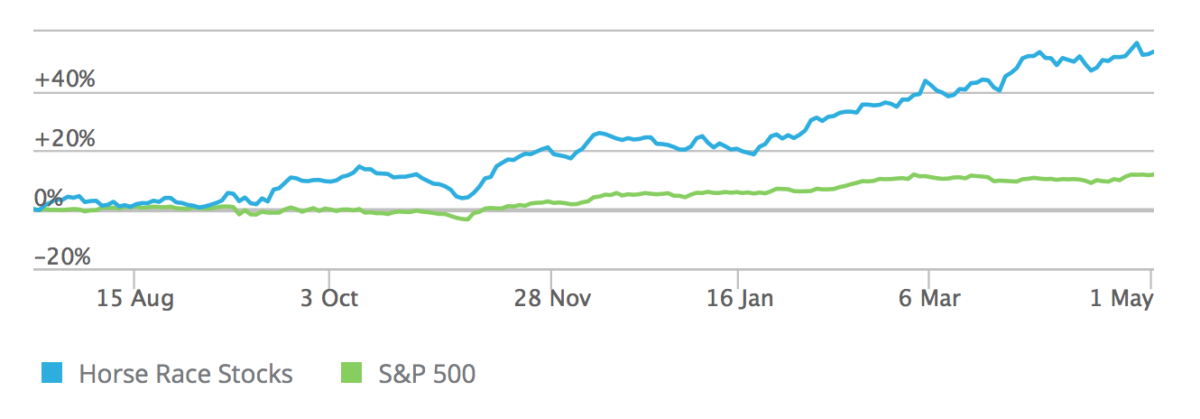Great news for you coffee drinkers. About a week ago, the news came out that drinking coffee can extend your life expectancy. And it wasn’t just one study that released this information, there were two studies.
One study, funded by the European Commission Directorate-General for Health and Consumers and International Agency for Research on Cancer was the largest research on coffee ever, involving half a million subjects from ten European countries. The study found that there was reduced risk of death from various causes, due to drinking coffee.
The other study involved multiethnic participants, including African Americans, Native Hawaiians, Japanese Americans, Latinos, and whites. This study, funded by the National Cancer Institute, found that coffee drinking was associated with a reduced risk for death in African Americans, Japanese Americans, Latinos, and whites.
If the desire for a longer life through coffee consumption catches on, this could certainly benefit the coffee companies. It is interesting to note that since these studies were released on July 11, the price of the iPath® Bloomberg Coffee Subindex Total Return ETN (JO) has increased by over 8%. JO consists of one futures contract on the commodity of coffee, and it is a way for investors to participate in the price of coffee without investing in the futures market.
Of course, Starbucks (SBUX) is the big elephant in the coffee cup with a market cap of $84 billion. The stock trades at 23.8 times forward earnings, and pays a dividend yield of 1.63%. Dividends have increased every year for the last seven years. Earnings for the latest quarter jumped 13.5% year-over-year.
If you are looking for a coffee producer and distributor, there is Coffee Holding (JVA), which is a very low cap stock at $25 million, and therefore very speculative. The stock trades at 20.8 times trailing earnings and has a very favorable price to sales ratio of 0.36.
If you are looking for a list of publicly traded coffee companies, look no further than the free list of coffee, caffeine, and tea stocks HERE. Hopefully one of these stocks can stimulate your portfolio and keep it healthy.
Disclosure: Author didn’t own any of the above stocks at the time the article was written.








